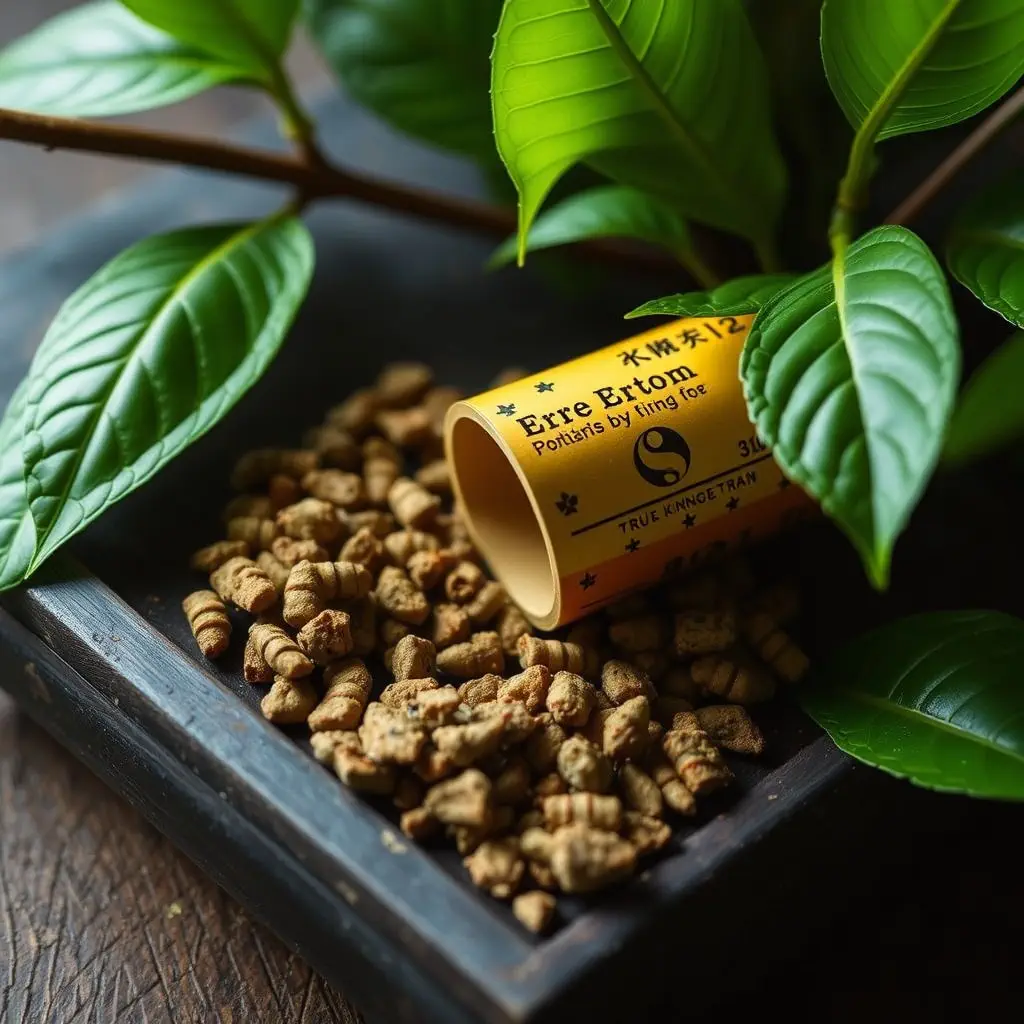Muscle soreness, commonly known as DOMS, often affects those new to or engaging in strenuous physical activities. It's a natural response to exercise-induced stress and is integral to muscle recovery and performance optimization for athletes and physically demanding professions. Kratom, specifically the lotus blue flower strain, has emerged as a potential natural supplement for managing this soreness due to its active alkaloids that may engage with opioid receptors to reduce pain and induce relaxation. While anecdotal reports suggest it can aid recovery and enhance well-being, scientific research is still evaluating its efficacy and safety. Kratom's analgesic properties are attributed to its alkaloids, mitragynine and 7-hydroxymitragynine, which can modulate pain perception by interacting with opioid receptors, offering a less potent but potentially effective alternative to traditional opioids for pain relief. Its dual effect on nerve cells, based on dosage, and its influence on mood-regulating neurotransmitters like serotonin and norepinephrine, contribute to its analgesic and anti-inflammatory effects. The lotus blue flower, a common name for kratom, is gaining attention as a natural alternative for pain management, particularly for those seeking to avoid the side effects of synthetic medications. Users are advised to exercise caution and consult healthcare professionals before using kratom due to its complex legal status and the importance of proper dosing and strain selection.
Muscle soreness is a common experience among individuals who engage in physical activity, from athletes to casual gym-goers. The discomfort that follows intense exercise can hinder recovery and diminish the motivation to continue training. This article delves into the role of muscle soreness and its implications for fitness progression, while also examining kratom supplements as a potential aid for relief. We will explore the scientific basis of how kratom influences pain perception, with a focus on the Lotus Blue Flower strain, and discuss its integration into a comprehensive recovery strategy. By understanding the benefits and safe usage practices of kratom, individuals can effectively manage muscle soreness, facilitating better performance and overall well-being.
- Understanding Muscle Soreness and Its Role in Physical Activity
- Exploring the Potential of Kratom Supplements for Muscle Soreness Relief
- – The Science Behind Kratom's Effects on Pain Perception
Understanding Muscle Soreness and Its Role in Physical Activity
Muscle soreness, often characterized as delayed onset muscle soreness (DOMS), is a common experience among individuals who engage in physical activity, particularly after unaccustomed exercise or following a period of inactivity. This phenomenon is a natural response to the stress placed on muscles during physical exertion, as the body attempts to repair and strengthen the affected tissues. The role of muscle soreness is multifaceted; it serves as a protective mechanism to discourage further strain on healing muscles. Understanding muscle soreness is crucial for optimizing recovery and performance, especially for athletes or those with physically demanding jobs.
Entering the realm of natural supplements, kratom ( Mitragyna speciosa) has garnered attention for its potential role in managing muscle soreness. The alkaloids found within kratom leaves, such as those from strains identified by their characteristic lotus blue flower appearance, are believed to interact with the body’s opioid receptors, which may help in mitigating pain and promoting relaxation. While the scientific community continues to study the efficacy and safety of kratom for muscle soreness relief, anecdotal evidence suggests its use as a complementary approach to traditional recovery methods. Users often report reduced discomfort and accelerated recovery times after incorporating kratom into their post-exercise regimen, making it a topic of interest for those seeking natural alternatives to manage the effects of muscle soreness associated with physical activity.
Exploring the Potential of Kratom Supplements for Muscle Soreness Relief
When it comes to post-exercise muscle soreness, individuals often seek natural supplements that offer relief without the side effects associated with traditional pain medication. Among the botanicals gaining attention for their potential analgesic properties is Kratom, a supplement derived from the leaves of the Mitragyna speciosa tree, commonly known as the lotus blue flower. The alkaloids present in Kratom leaves have been reported to interact with opioid receptors in the brain, which may help alleviate pain and reduce inflammation. This interaction could be particularly beneficial for those experiencing Delayed Onset Muscle Soreness (DOMS) following intense physical activity or training sessions. While scientific research is still emerging regarding its efficacy, anecdotal evidence suggests that Kratom may offer a natural alternative to manage muscle soreness, potentially improving recovery times and overall well-being. It’s important for individuals to consult with healthcare professionals before incorporating Kratom supplements into their regimen, as dosage and the right strain are crucial factors in determining its effectiveness for pain relief. Additionally, due to the regulatory status of Kratom in various regions, consumers must be aware of their local laws and guidelines when considering this approach for muscle soreness management.
– The Science Behind Kratom's Effects on Pain Perception
Kratom, a plant native to Southeast Asia and known for its flower, which resembles the lotus, has been traditionally used for its pain-relieving properties. Scientifically, kratom contains alkaloids such as mitragynine and 7-hydroxymitragynine, which interact with the body’s opioid receptors, modulating pain perception. The effects of these alkaloids are multifaceted; they can stimulate or depress nerve cells, depending on the dosage and duration of use, thereby influencing the brain’s interpretation of pain signals. This dual-action capability is what makes kratom a unique supplement in managing muscle soreness.
The mechanism by which kratom influences pain perception involves its ability to bind to opioid receptors, particularly the mu-opioid receptor, similar to how traditional opioids do. However, unlike opioids, kratom’s alkaloids produce a less intense effect on these receptors, leading to pain relief without the high risk of addiction and dependency. Additionally, kratom is believed to interact with other neurotransmitters like serotonin and norepinephrine, which can further enhance its analgesic effects by improving mood and reducing inflammation, contributing to its efficacy in providing relief from muscle soreness. The lotus blue flower, as kratom is often referred to, offers a natural alternative for those seeking pain management without the side effects commonly associated with synthetic drugs.
Incorporating kratom supplements into your regimen may offer a promising approach for managing muscle soreness post-exercise. The article has delved into the scientific underpinnings of how these supplements, often sourced from the lotus blue flower, can modulate pain perception, potentially aiding in recovery and enhancing physical activity engagement. While further research is warranted to fully understand the efficacy and safety of kratom for this purpose, its potential role in alleviating muscle soreness provides an intriguing avenue for those seeking natural remedies. It’s clear that for individuals involved in strenuous activities, exploring the benefits of kratom supplements could be a beneficial addition to their wellness strategy.






